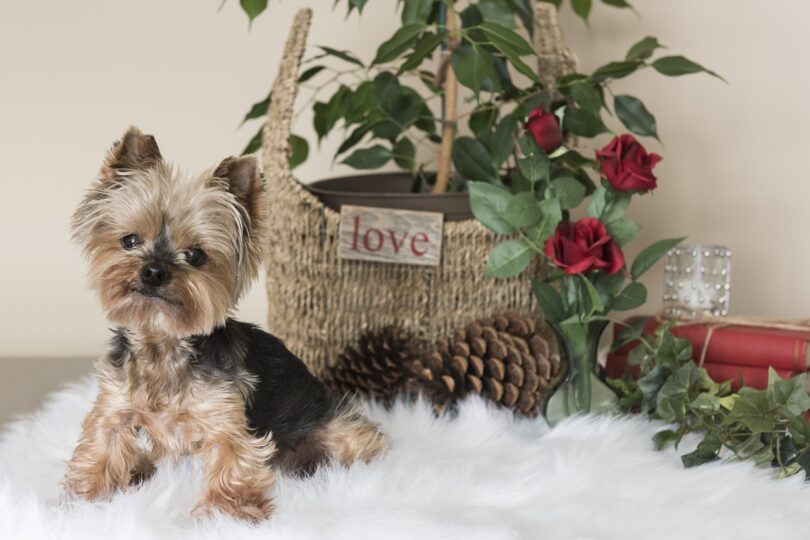Ensuring your dog’s harness is fitted and adjusted correctly is crucial for their safety and comfort. Here are some essential tips to help you get it right:
Choosing the Right Harness
- Measure Your Dog: Measure around the broadest part of your dog’s chest and the lower neck to get the correct size. Check the manufacturer’s sizing guide.
- Select the Appropriate Type: Choose a harness type based on your dog’s activity level and any specific needs, such as a no-pull harness for dogs that tend to pull on the leash.
Fitting the Harness
- Loosen All Straps: Before placing the harness on your dog, loosen all the straps to ensure you can easily slide it over their head and around their body.
- Position Correctly: The front strap should sit on the dog’s chest, and the back strap should be behind their front legs. The D-ring for the leash should be on the dog’s back.
Adjusting the Harness
- Tighten Gradually: Tighten each strap gradually while ensuring the harness is centered and not twisted.
- Check the Fit: You should be able to fit two fingers comfortably between the harness and your dog’s body. This ensures it’s snug but not too tight.
- Monitor Movement: Ensure the harness does not rub or restrict movement. Your dog should be able to walk, run, and sit comfortably.
Safety Checks
- Double-Check Buckles: Ensure all buckles and fasteners are secure before every walk.
- Regular Adjustments: Dogs can change in size and shape over time. Regularly check and adjust the harness to ensure it still fits correctly.
- Inspect for Wear and Tear: Frequently inspect the harness for signs of wear and tear. Replace it if any part is frayed or damaged.
Training Your Dog to Wear a Harness
- Introduce Gradually: Allow your dog to sniff and get used to the harness before putting it on.
- Positive Reinforcement: Use treats and praise to create positive associations with the harness.
- Short Sessions: Start with short wearing sessions indoors before using the harness for walks.
Specific Harness Types
- No-Pull Harness: Ensure the front leash attachment is centered on your dog’s chest. Adjust so that it gently discourages pulling without causing discomfort.
- Step-In Harness: Have your dog step into the harness, then lift it up and secure it around their chest.
- Vest Harness: Often more padded and secure, ensure it fits snugly around the chest and abdomen without restricting movement.
Final Tips
- Comfort is Key: If your dog seems uncomfortable, recheck the fit and make necessary adjustments.
- Consult a Professional: If you’re unsure, seek advice from a professional dog trainer or veterinarian.
Proper fitting and adjustment of a dog harness are vital for your dog’s safety and comfort. Regular checks and adjustments will help keep your dog secure and happy on walks.

